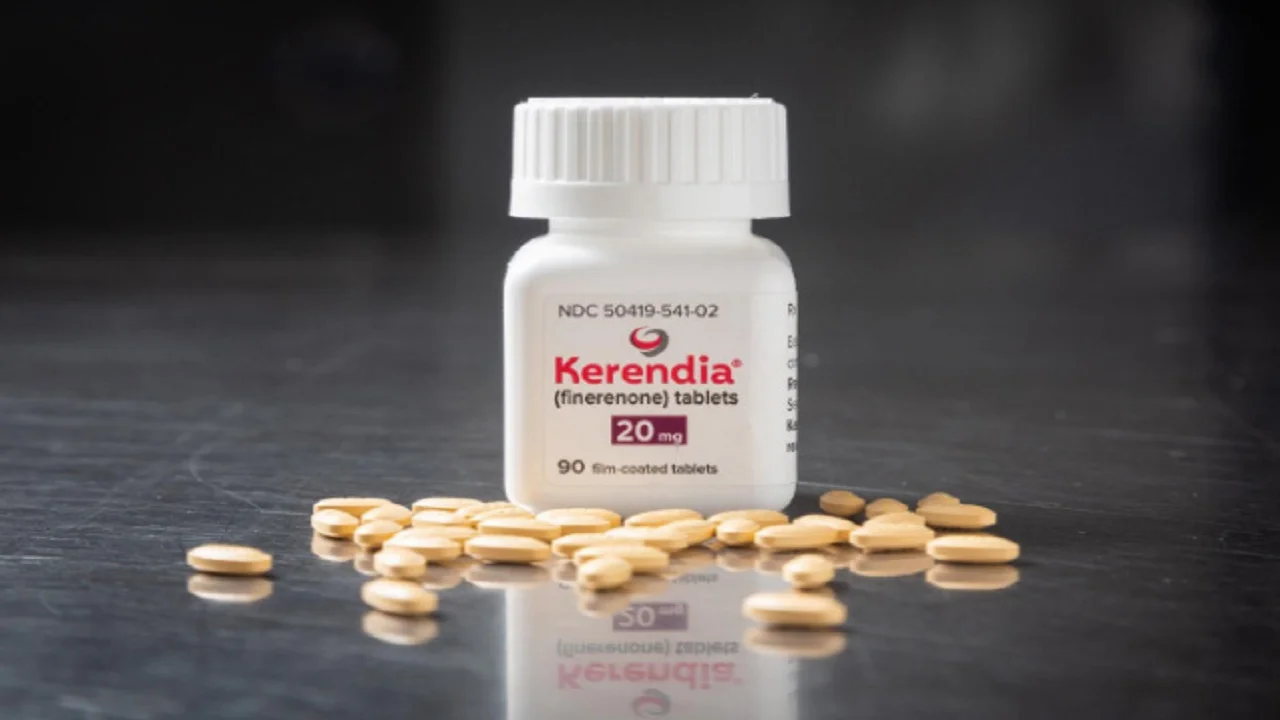
Natural History of Mitral Stenosis and Juvenile MS
- In Woods series, latency from acute rheumatic fever(mean 12 years) to onset of symptoms(31 years) was 19 years. Long latency due to (i) Smoldering rheumatic carditis and (ii) thickening , fibrosis and calcification due to initial valvulitis leading to abnormal flow pattern across leaflets
- Unmodified natural history of MS
(i). Rowe et al. – 250 unoperated patients (average age 29 years) with 52 % asymptomatic at onset. Total mortality at 10 years – 39 %, causes of death being CCF and systemic embolism. 10 year mortality for-
| Class I | 16 % |
| II | 58 % |
| III | 85 % |
| IV | 100 % |
(ii). Olesen et al – 271 patients (average age 42 years). 86 % symptomatic at onset. 10 year mortality 70 % and 20 year mortality 83 %.
(iii). Rapaport et al – 10 year mortality 60 %
3. Hemodynamic progression – Overall progression 0.09 cm2/year(Gordan et al). Rapid progression defined as MVA increase more than 0.1 cm2/year.
Juvenile Mitral stenosis
In 1963, Sujoy Roy et al drew attention to the occurrence of symptomatic severe MS of rheumatic aetiology in India among individuals who were below 20 years of age and named it Juvenile Mitral Stenosis
A. Epidemiology and aetiopathogenesis
- Predominantly reported from South East Asia, Africa and Middle East.
- In developing countries, as many as 25% of patients with pure or predominant MS are below 20 years of age and 10% are <12 years.
- Unlike the female preponderance in adults, juvenile MS affects both sexes equally or has a slight male preponderance (1.2-1.6:1).
- Hormonal changes after puberty may increase the incidence of cicatrisation of the mitral valve.
- Studies suggested a short latent time interval with rapid progression of MS leading to serious disability early in life. Roy et al noted that 70% of the patients with a history of RF had developed symptoms of MS within five years of the first attack. In another study, this duration was less than two years in 71% cases and in 5% of cases it was as short as three months.
- Recurrent attacks of RF were reported in 28-30% of cases.
- The term juvenile MS is reserved for MS that is rheumatic in origin.
B. Pathologic changes
- The left atrium (LA) is only moderately enlarged which is due to the rapid progression of the disease that gives no time for LA distension.
- The majority of the back pressure falls on the pulmonary vasculature, leading to high degrees of pulmonary venous and arterial hypertension.
- The pulmonary arteries are dilated and turgid with relatively small aorta.
- Histopathological changes on lung biopsy specimens noted pronounced medial hypertrophy and intimal thickening of small muscular pulmonary arteries, arterioles and venules, alveolar capillary sclerosis, and hypertrophic smooth-muscle bands in the distal respiratory passages .
- Atrial thrombi (0-4%) and mitral valve (MV) calcification (0-6%) are rare.
- The MV is often tightly stenosed (<0.5 cm2) and subvalvular fusion is found in 30-50% cases.
- Two unique types of pathology have been noted in juvenile MS. First are elastic valves that stretch like India rubber and “button-hole”, densely sclerotic valves with fibrous tissue that need great force to fracture.
C. Clinical features
- Approximately 9% are asymptomatic.
- Most common is moderate to severe exertional dyspnoea which may progress to paroxysmal nocturnal dyspnoea and acute pulmonary oedema.
- Haemoptysis (sometimes frightening) may occur.
- Congestive heart failure is seen in one third to half of patients.
- There is failure to thrive. Thromboembolism is rare (1%).
- An interesting symptom is the presence of angina (13-16%) which is related to severe pulmonary hypertension leading to subendocardial ischaemia of the right ventricle and low cardiac output.
- Physically, almost all cases have stunted growth and fragile look. Severe pulmonary hypertension and arterial desaturation lead to a dusky complexion.
- Signs of CHF in the form of raised jugular venous pressure (JVP), enlarged liver and pedal oedema may be present. Sinus tachycardia is common whereas atrial fibrillation (AF) is rare (2-6%).
D. Investigation
- AF is rare as the relatively small LA has not attained the critical mass needed for persistent AF to develop.
- The axis is rightward in more than 75% of cases.
- Left atrial enlargement (P mitrale) and right ventricular hypertrophy (dominant R in V1 or dominant S in V5) are common. A minority (11-13%) will show right atrial enlargement as well.
- Chest X-ray reveals mild-moderate cardiomegaly. The LA is universally enlarged. No MV calcification is seen.
- Moderate to severe pulmonary arterial hypertension is common and a majority will show hilar congestion.
- The echocardiographic features of juvenile MS are similar to those of adult MS (“hockey stick” appearance of anterior mitral leaflet, immobility of posterior leaflet and “fish-mouth” narrowing of the valve orifice) except (i)MV calcification is absent (ii)significant subvalvular disease is noted (iii) minute orifices (as small as 0.5 cm2) are common (iv) transmitral gradients are high owing to tight stenosis and tachycardia (v) left atrium is not markedly enlarged and (vi) right atrium (RA) and right ventricle (RV) are enlarged due to severe pulmonary arterial hypertension (PAH) and RV systolic pressure may be suprasystemic.
- In catheterisation, pulmonary artery pressure (PAP) and the pulmonary capillary wedge pressure (PCWP) are markedly elevated. The pulmonary vascular resistance is grossly abnormal in two thirds of cases. The cardiac output is normal in the majority of cases. Interestingly, LV wall motion abnormalities in the form of global hypokinesia and segmental posterobasal hypokinesia have been reported as early as 12 years of age.
E. Management
- The medical management of juvenile MS is similar to that of adults in the form of diuretics and rate-controlling drugs. The indications for intervention in MS are same as established in adults.
- PTMC is the procedure of choice when intervention is indicated. Technically, the procedure is the same as in adults upto height 140 cm.
- For younger and shorter patients, some modifications are needed. A paediatric transseptal needle set is preferable and preferable to begin balloon dilatation at a size that is 2-4 mm less than the calculated balloon size and progressively increase by 0.5-1 mm.
- In children less than 12 years, the success rates are a little lower (93%) due to aggressive nature of the disease in this group leading to severe subvalular deformity.
- The rates of restenosis ranged from 16% at intermediate follow-up (34 months) to 26% on long-term follow-up (8.5±4.8 years).
- Survival at 10 years after MVR and MV repair was 79% and 90%, respectively. Reoperation rates after MV repair are not different from those after MVR. Thus, MV repair is preferred over MVR in this age group.
| Author, year | Wood P, 1954 | Roy et al, 1963 | Shrivastava et al, 1991 | Paul AT, 1967 | Cherian et al, 1964 |
| Country | England | India | India | Sri Lanka | India |
| Number | 300 | 108 | 125 | 100 | 126 |
| Age (years) | 37.6 (adults) | <20 | <12 | <16 | <20 |
| Male:Female ratio | 1:4 to 1:7 | 1.6:1 | 1.4:1 | 1:1 | 1.3:1 |
| Past history of RF | 68% | 66% | 51% | 55% | 53% |
| Multiple attacks of RF | 31.5% | 28% | NA | 30% | 12% |
| Dyspnoea (mod-severe) | 80% | 78% | 73.6% | 67% | 75% |
| PND | 35% | 16% | 24% | 8% | NA |
| Haemoptysis | 42.5% | 27% | 16% | 10% | 18% |
| Chest pain/angina | 8.4% | 12% | 9% | 16% | 22% |
| Embolism | 13% | 2% | 1% | 1% | 1% |
| Rheumatic activity | NA | 22% | NA | 56% (biopsy) | 54% (biopsy) |
| Asymptomatic | NA | 9% | 1% | 5% | 0% |
| CHF | NA | 45% | 29% | 37% | 37% |
| Atrial fibrillation | 39% | 6% | 0% | 2% | 2% |







